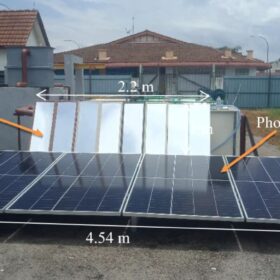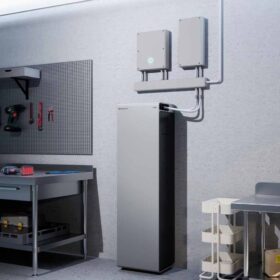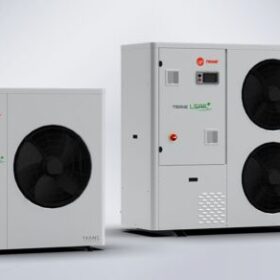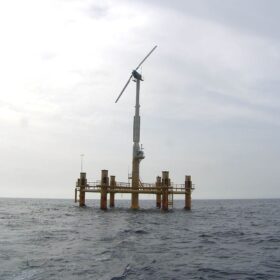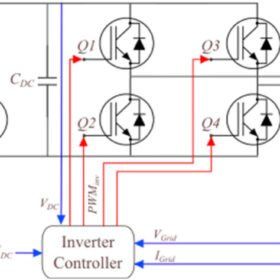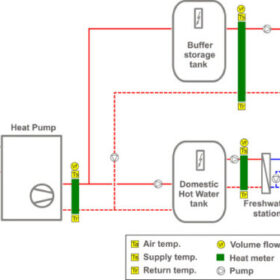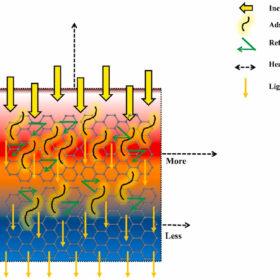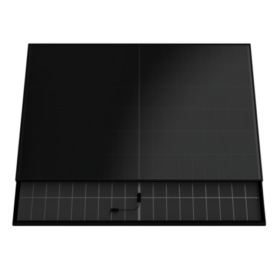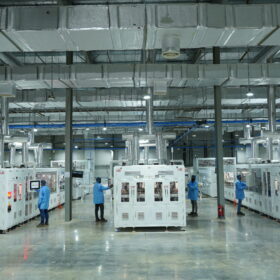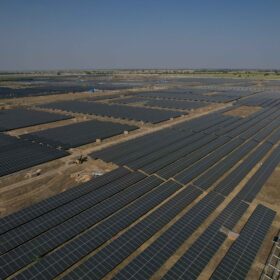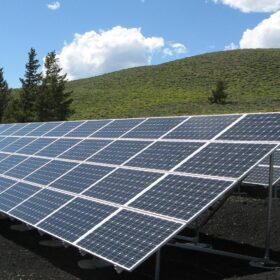Malaysian researchers claim reflectors for PV modules are feasible
The research team tested a PV system prototype with a mirror reflector and found it could be economically feasible “under Malaysian climatic conditions.” Their analysis was based on the cost-effectiveness factor (FCE), which is a parameter that must be considered when designing an enhancer such as a reflector or a cooling technology in PV systems.
Saudi Arabia reveals bidders for 3.7 GW solar tender
Saudi Power Procurement Co. (SPPC) has announced the selected bidders for the the fifth round of the Saudi Arabian government’s renewable energy tender program.
LG launches new residential storage solution
LG has developed two versions of its new enblock E storage system, each with usable energy capacities of 12.4 kWh and 15.5 kWh. It says the two models, sized at 451 mm x 330 mm, can be easily deployed in small spaces.
Trane debuts air-to-water heat pumps
The new products use propane (R290) as a refrigerant and have heating and cooling capacities ranging from 8 kW to 30 kW.
Subsea pumped hydro for utility scale storage at deepwater
Researchers in Norway have investigated the technical potential of implementing subsea pumped hydro storage at water depth not exceeding 2,000 m. They also identified potential locations for these storage systems based on energy density.
The impact of climate-based PV panel degradation rates on inverters
New research from Belgium shows the importance of assessing inverter reliability by including climate-based PV panel degradation rates. The scientists found that, especially in hot and arid climates, PV inverters should be designed with parameters above the standard value.
How to combine residential heat pumps with PV, battery storage
New research from Germany’s Fraunhofer Institute for Solar Energy Systems (Fraunhofer ISE) has shown that combining rooftop PV systems with battery storage and heat pumps can improve heat pump efficiency while reducing reliance on grid electricity.
Reducing PV module temperatures with graphene
New research from Malaysia has shown the limitations and potential of all solar module cooling techniques based on graphene. The scientists said that high costs and graphene treatments are the main challenges to overcome.
Sharp unveils 580 W TOPCon solar panel with 22.45% efficiency
Sharp’s new IEC61215- and IEC61730-certified solar panels have an operating temperature coefficient of -0.30% per C and a bifaciality factor of over 80%.
AEG launches 23.3%-efficient ABC solar panel with 40-year warranty
AEG is currently offering three versions of its new ABC solar panels for rooftop applications, with power outputs of 445 W to 455 W and efficiency ratings ranging from 22.8% to 23.3%. They feature half-cut ABC cells with n-type technology.

